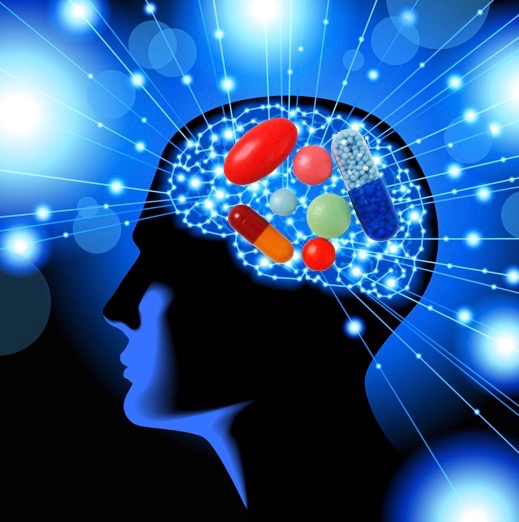What Is a Smile?
Believe it or not, there’s a whole lot of science that’s gone into understanding a smile. There’s even a scientific definition of a smile that specifies which muscles are involved. A “standard” smile is one where the corners of the mouth are slightly upturned. A “genuine” smile, defined as one with both upturned corners of the mouth as well as scrunching of the eyes, is called a “Duchenne” smile after the French biologist who described it in the mid-1800s.
What is Smile Therapy?
Smile therapy is a way to leverage the power of a smile to influence physical and mental health. It’s something I think a lot about when I consider the way I feel after attending my Tai Chi class. It’s partly the Tai Chi, but I think it’s more about the smiles. Our instructor, Gordon, has an ear-to-ear, gold-medal version. It’s an infusion of good energy. But more than that, smiling is good for the heart.
The Curious Effects of Smiling
Enjoyable experiences activate specific pleasure areas in the brain. But researchers have found that the mere physical act of smiling—even when done in the absence of the positive experiences—activates those same areas in the brain. Interestingly, not any smile will do. Only the full “Duchenne” smile, with upturned corners of the mouth and squinted eyes, can fully trigger the pleasure centers. A “Mona Lisa” half-smile won’t cut it.
The implications are intriguing: the act of smiling is not only a sign of being happy, it can actually help make you happy!
Smiling Therapy: A Smile Experiment You Can Do at Home
You might be interested to learn how scientists were able to differentiate the effects of smiling without the emotional content that usually accompanies it. They couldn’t just tell people to smile on command; that could elicit an emotional response and cloud the results.
So how did they get people to smile without them realizing it? In one study, participants were asked to bite down on a chopstick placed end-to-end across the mouth (in the direction of a mustache). Doing so automatically creates not just an upturned smile but a full “Duchenne” type smile, where the eyes change expression too.
Try it out at home for yourself—a chopstick (or toothbrush) and a mirror are all you need for this smile experiment!
How Smile Therapy Can Affect Heart Rate
The experimenters went one step further to study the effect of smiling on heart rate. All participants were given a fake story that they were part of a multi-tasking study, a cover used to mask the true goal of studying the effects of smiling on heart rate.
One group of individuals were asked to smile just prior to performing a stressful task. The other group was not told anything about smiling, but simply asked to briefly do the chopstick maneuver, artificially manipulating their facial muscles to resemble a natural smile. They were then asked to do a stressful task and heart rate was measured.
A third “neutral” group did not smile before performing the stressful task.
The results were striking: the group with the artificial, chopstick-induced smile (a smile that the participants were not even aware they were making), had a much lower heart rate after the stressful task then the non-smilers. The second group, those who had been asked to smile, had a still lower heart rate, but one that was only a bit less than the group who made the “unaware” smiles.
It’s a wild idea, but one with a basis in science: even if you don’t feel happy, putting on a smile can help you manage stress, and may even make you feel as happy as you look. Or, put more succinctly, learn to smile and fake it till you make it!
Healthcare Could Use More Smiles
When I talk to health care professionals about how to develop an integrative practice, I emphasize that the most essential part of integrative medicine is the attitude. A waterfall in the office is not required and no particular complementary approach needs to be advised—simply leading the patient conversation with a smile is a great way to begin. A smile can do wonders to elevate the mood and encourage a higher level of collaboration in the exam room.
Back To My Tai Chi Class: The Effects of a Smile
Our Tai Chi instructor, Gordon, refers to me as “doc.” Gordon, with his huge smile and amazing energy, may not be a physician, but is no less a healer. Learn how to smile, and you might just reap the benefits of better health.
References:
Interested in living a healthier lifestyle?
Learn the essentials of eating and living healthfully in our interactive, user-friendly learning program for the public.
Clinicians: Do you feel confident responding to patient questions about nutrition?
Take our award-winning condensed interactive nutrition CME—and learn what every clinician should know about nutrition.



